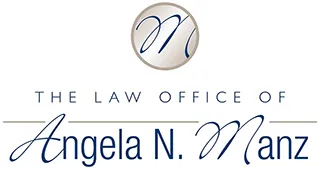Who Owns the Property Inside A Living Trust?

There are many different complex terms and rules associated with estate planning, but it is critical to understand when you may or may not own property once it has been placed in a living trust.
Property placed inside a revocable living trust still belongs to you unless you retitle it properly. This is, unfortunately, a common estate planning mistake that people forget about when setting up a living trust for the first time.
Your living trust outlines who you want to receive the assets inside after you pass away and who should be appointed as successor trustee to manage the distribution of that property. This is different from an irrevocable living trust.
Property transferred and properly titled into an irrevocable living trust becomes the property of that trust, and not part of your probate, estate or belonging to you. When you set up a living trust, you will need to transfer the assets from your name to the name of the trust. This also means that your trust legally now owns all of these assets, but that you manage those assets as the trustee.
So, this does not remove all personal credit all personal liability issues or responsibility. It’s very important to consult with an experienced and dedicated estate planning lawyer to learn more about this process and to ensure you have considered all of the most important aspects of creating a living trust. Discussing your options with an experienced estate planning lawyer in Virginia Beach is strongly recommended to give you clarity on the process and to allow you to move forward successfully.
